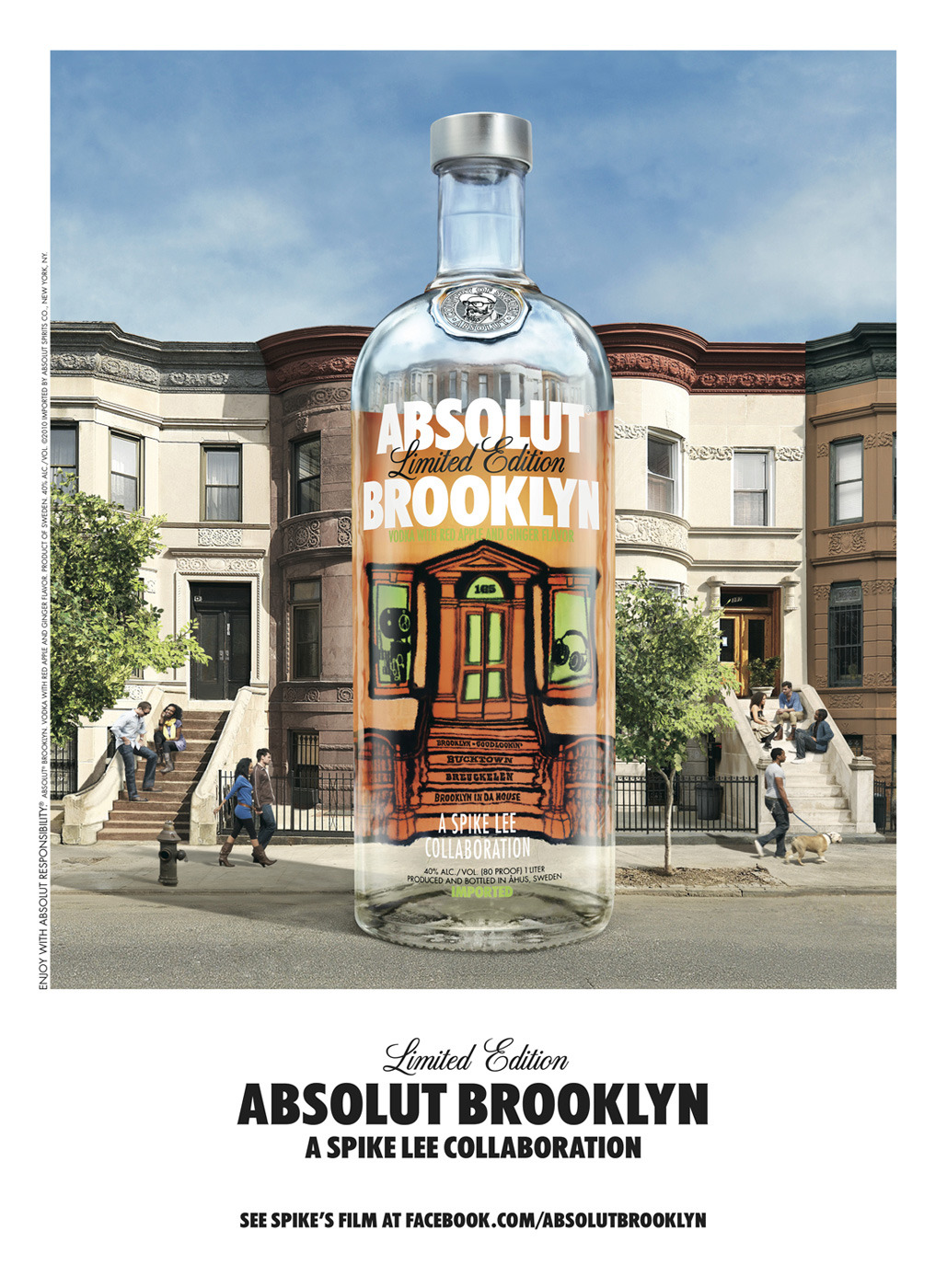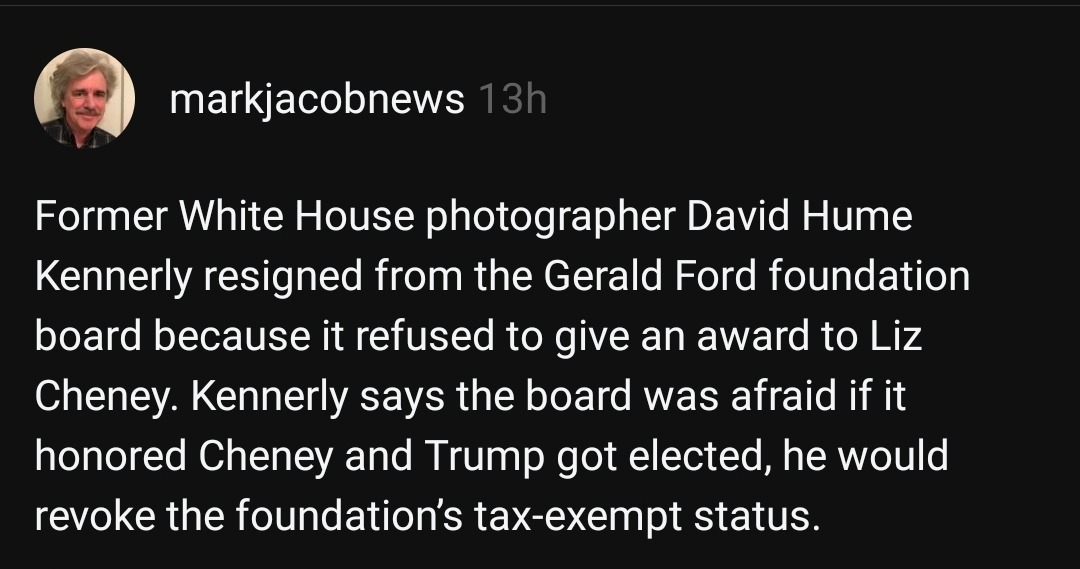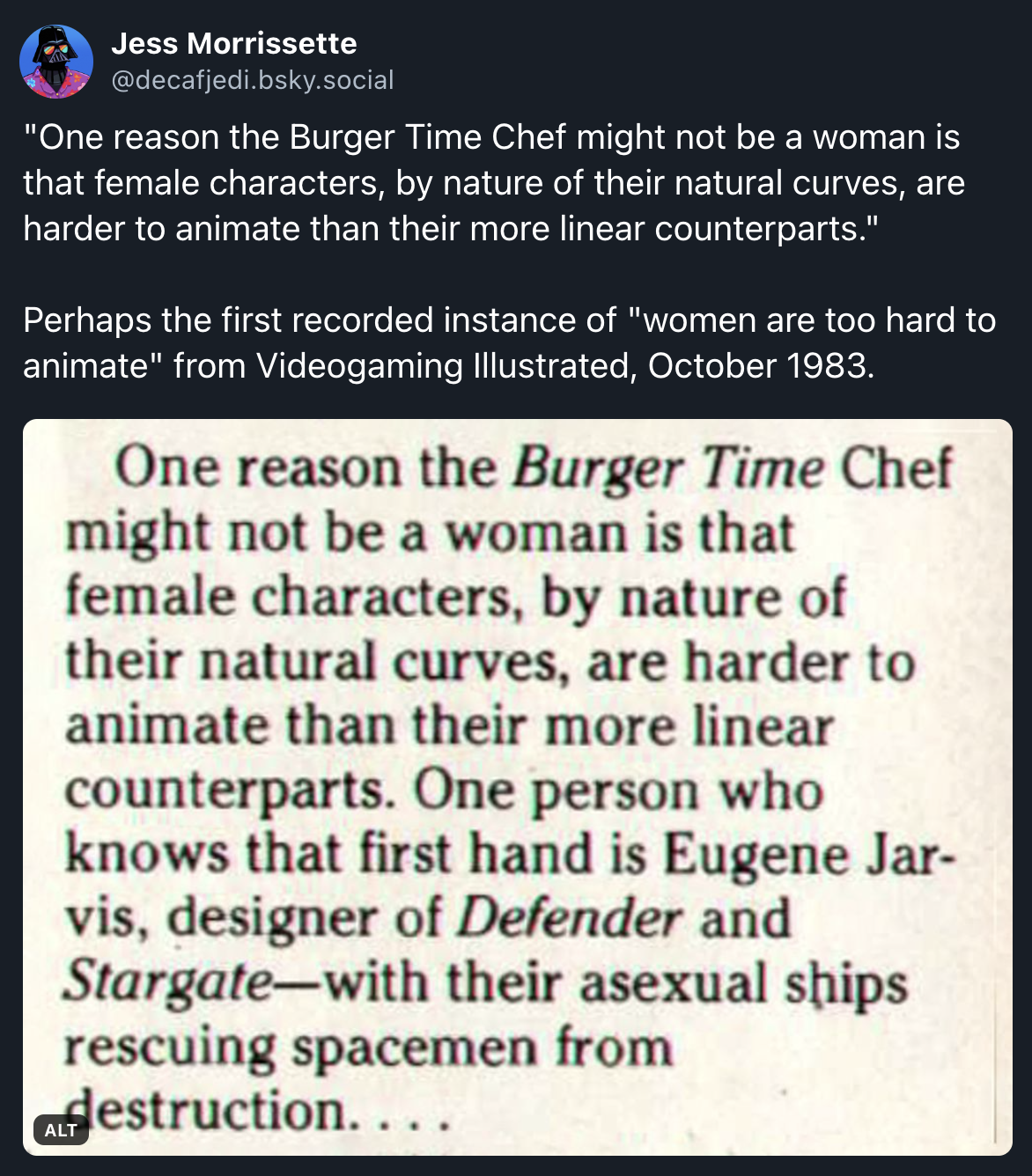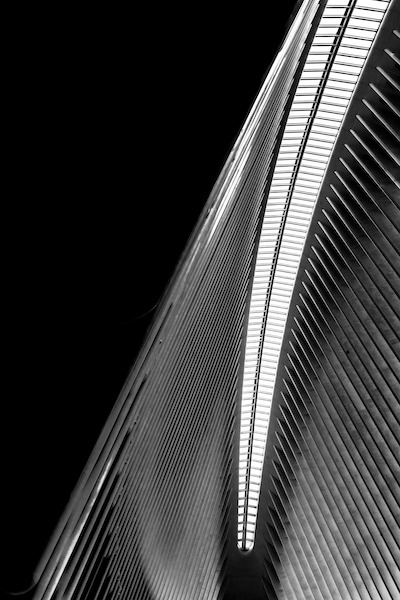Spike Lee recently made a big stink about gentrification in NYC and a lot of what he said made sense. His strongest point was about the (awful) people who move into new neighborhoods and demand that existing inhabitants bend to their will. But, as Errol Louis points out, Lee has contributed significantly to this very problem:
“It’s the sacred right of every New Yorker to bewail, blame and bemoan the arrival of the folks who arrive in the neighborhood five minutes after we do, but somebody has to call bull on Lee’s complaints about gentrification. This is a man who has made epic contributions to the phenomenon he finds so troubling.
Start with Hatch House, Lee’s 9,000-square-foot palace on East 63rd Street — complete with internal courtyard — which he bought from artist Jasper Johns for $16 million in 2006 and recently put on the market with an asking price of $32 million. My friends in nearby Yorkville have been gnashing their teeth for years, complaining about how rents have risen to insane levels, thanks in part to owners buying and flipping high-end properties.
Before leaving Brooklyn, Lee did more did more than his share when it came to goosing the changes to Fort Greene he now laments. According to the Wall Street Journal, Lee bought a townhouse on Washington Park for $650,000 in 1990, around the time he was soaring to stardom, cranking out films like “Malcolm X” and “Clockers.” In 1999, he sold the place to a couple (a banker married to an attorney) for about $1 million and moved to the Upper East Side.
A decade later, the house was back on the market with a $2.75 million asking price, more than quadruple what Lee paid in 1990. And why not? Fort Greene started sizzling in the 1990s and never stopped, thanks in no small part to the area’s international reputation as a mini-bohemia, home to a colony of talented, ambitious black artists.
[..]
Spike, the most commercially successful of the bunch, used some of his earnings to become a significant property owner in the area, buying and renting out residential and commercial properties and marketing the neighborhood with gusto. As recently as 2010, he partnered with Pernod Ricard, a French vodka company, to create Absolut Brooklyn, a booze drink sold, according to marketing materials, “in a specially-designed bottle reminiscent of the ubiquitous Brooklyn Stoop Life,” complete with a label depicting a brownstone bearing the number 165, the address of Lee’s old home.
By this time, of course, Lee had been living in Hatch House for years, and had long since put his famous 40 Acres headquarters, a converted former firehouse, up for sale (asking price: $6 million).”
Spike Lee’s rant isn’t wrong. Neither is his behavior. But if the anti-gentrification movement’s hero of the day is a guy who sold out his neighborhood to the world’s third largest alcohol brand, anti-gentrification is probably a lost cause.










